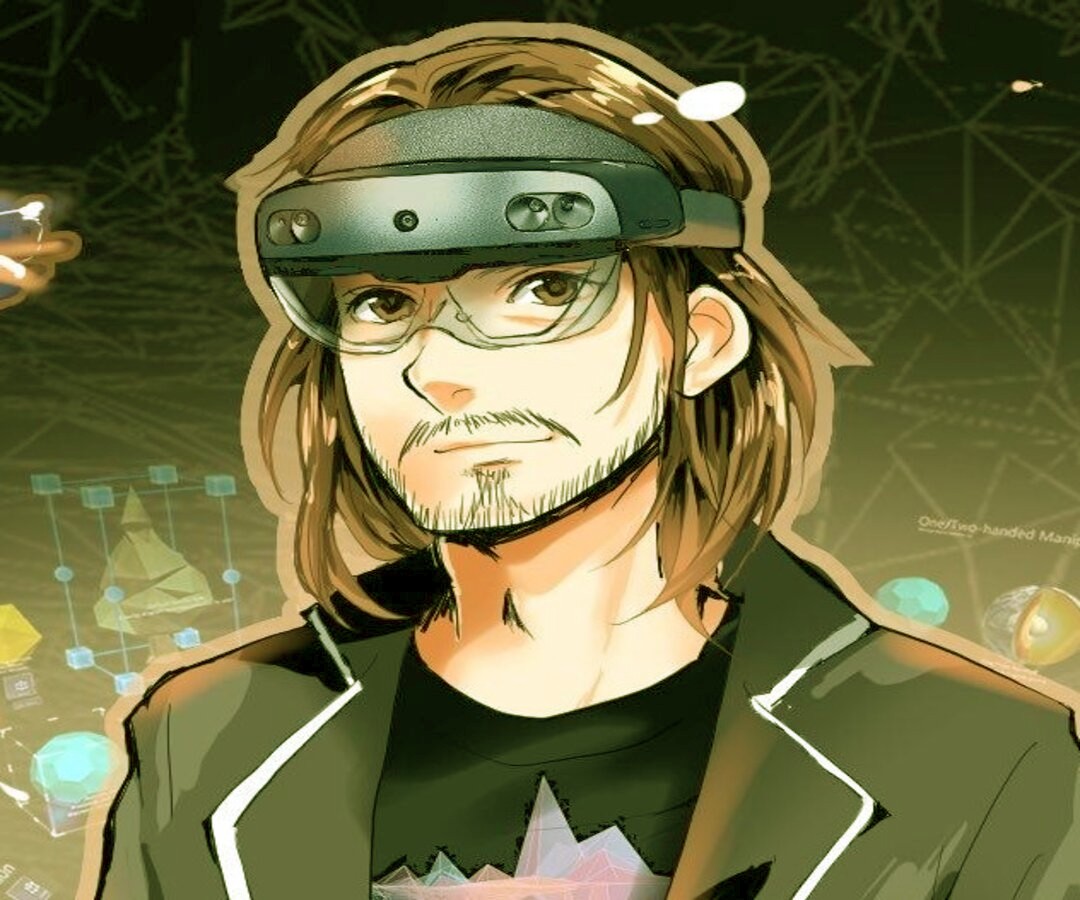
Virtual reality (VR) is a technology that generates 3D visual experiences. It uses computer vision and advanced graphics to create images and videos that are more realistic than what you see on a monitor or phone. It requires a headset and other hardware that engages the senses to create an immersive experience. VR has many applications, including retail, healthcare, and entertainment.
It’s a technology
Virtual reality is a technology that allows people to experience a digital “space” where they can move around and interact with others. This technology can help people work remotely, reduce expenses and risks, and improve their lives in many ways.
When it was first invented, VR was clunky and primitive by today’s standards. It’s still pretty cool, though, thanks to advances in computer technology.
It’s a way to create an artificial three-dimensional visual or sensory environment that can be explored by people wearing headsets. The illusion of “being there” is affected by motion sensors that pick up a user’s movements and adjust the screen accordingly, usually in real time.
Several types of VR systems exist, including non-immersive, semi-immersive, and immersive. These systems use computers, video game consoles, displays, and input devices to simulate a digital environment.
It’s a platform
Virtual reality is an immersive technology that lets users interact with digital environments. It’s a form of immersive computing that uses head-mounted displays, computer graphics, and AI sensors to create a digital world where users can walk through and interact with others in real-time.
VR is used in various industries, including education and healthcare. It’s also useful for retail, where shoppers can try on clothes or test out eyeglasses before purchasing.
The best virtual reality experiences involve fully-immersive simulations. This requires a headset with a wide field of view, a high-resolution display, and immersive audio.
The VR industry is constantly growing and evolving, with advances in pixel density and image sharpness. Manufacturers are also improving the VR experience by using pancake lenses that fold light multiple times as it passes through the lens. These replace larger form-factored Fresnel lenses, common in early VR systems.
It’s a device
Virtual reality is a technology that immerses you in a computer-generated environment. It’s used for training, entertainment, and business purposes.
Most VR devices use a screen, lenses, stereo sound, and head or eye motion tracking sensors to present the virtual environment to you. These sensors detect your movements, adjusting the display to match what you see.
Another type of VR device is the omnidirectional treadmill, which lets you move in any direction in a virtual world. It’s also possible to add a small device to your headset that emits different scents to give you an immersive experience.
Virtual reality can be applied to medical procedures, including learning anatomy. In addition, it’s used to help combat soldiers overcome post-experience trauma. It also helps people with autism and anxiety disorders. It’s also being used to improve social skills and boost patients’ brain activity, enabling them to interact with others. This technology has great potential and will only grow as we learn more about it.
It’s a software
Virtual reality is a technology that uses computer graphics to generate realistic 3D images and videos. These simulated environments can be used for gaming and other activities in many other industries.
Its main aim is to recreate the three-dimensional world of a real person, allowing them to experience a simulated environment while feeling that they are actually in it. This is achieved by combining hardware and software to simulate sensory stimulation such as touch, heat, odor, and sound.
Unlike augmented reality, which overlays digital objects on top of the physical world, VR places you in a virtual environment through computer graphics and AI sensors. These virtual spaces can be semi-immersive or fully immersive.
For full immersion, you’ll need special equipment like a smart-glasses or a headset that allows your eyes to look around in a 360 deg environment. These devices also have sensors that detect and feed your movements to the VR system.